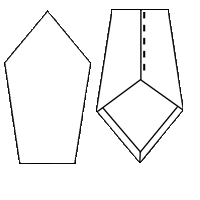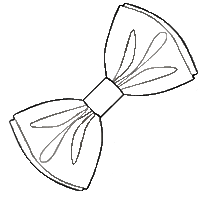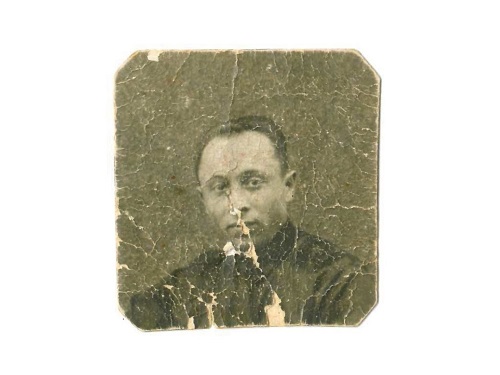
A PASSION IS BORN
In the second half of 1918, Italy was still steeped in the shadows of war. The final draft of the 1900 class was called
to arms though there was already a sense that this might be the last. For young Sante Pinton, spared the horrors of the
front line, destiny had a different plan: a post behind the lines, tasked with mending uniforms to be sent back to
battle.
Sante immediately became familiar with needle and thread, and it was here that a passion was born.
It was there, with needle and thread in hand, that a quiet passion was born. A craft, learned in silence and service,
that would soon become his life's calling
With the end of the war and the purchase of his first sewing machine, Sante began to make himself known in the village
and, gradually, to expand his customer base. At the end of the 1930s, the Pinton tailoring shop already had about twenty
workers and his first-born sons began to work alongside their father.
AN IDEA IS BORN
In the post-war period and during the economic boom, the Pinton family realized that tailoring needed to grow to meet new market demands. However, it was clear that this expansion must not compromise the quality and manufacturing tradition that characterize their creations. From here, a well-defined philosophy was born: exporting the art of tailoring, keeping the manual processes and the brand identity intact. The watchword became "style yes, but without industrialization": the goal was to expand their brand without giving up the authenticity and personal touch that distinguishes them.

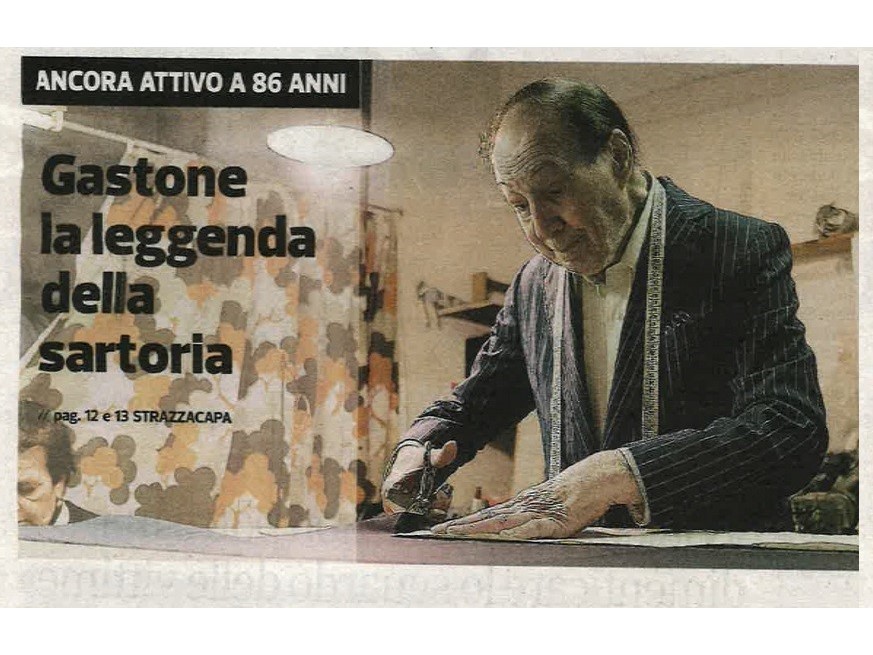
AN ATELIER IS BORN
The eldest son, Mario, opened his first atelier in Padua, and success pushed him to open a second space in Milan, thus bringing the family's manufacturing style to the heart of Italian fashion. His younger brother, Gastone, chose a different path: he moved to Rimini, where his tailoring shop became a point of reference for the lively Romagna nightlife. Gastone collaborated with prominent figures, including the famous director Federico Fellini, and dressed, among others, a young Berlusconi who, accompanied by Doctor Confalonieri, performed in those years as a singer in the clubs of the Riviera. The rest of the family continued to carry on the business in Padua with ever-increasing success.
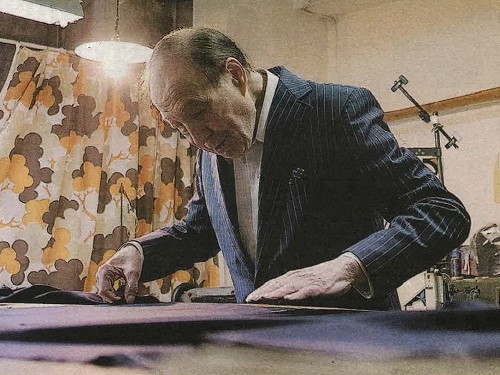
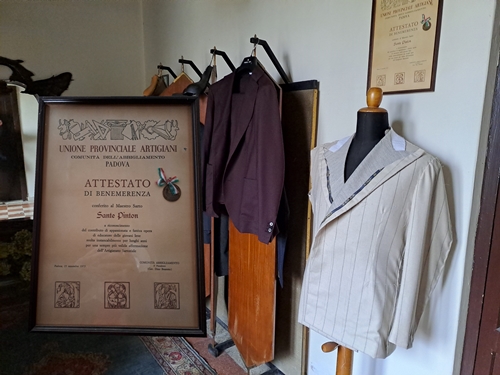
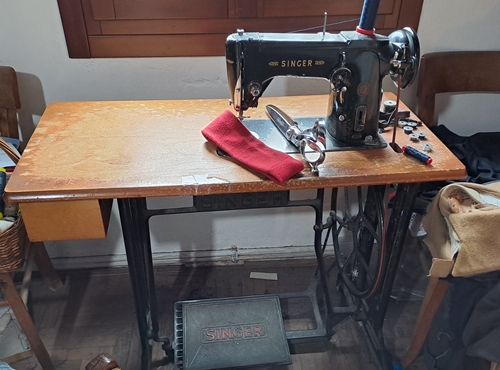
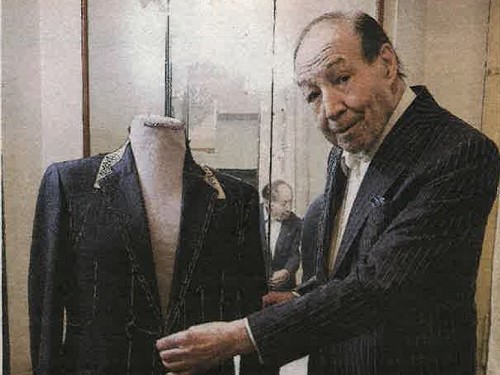
TODAY
The Pinton tailoring atelier has chosen to adapt to modern times, opening a virtual online showcase to allow a wider audience to appreciate its sartorial art. However, despite this opening towards the social and digital world, the heart of the production remains deeply anchored in tradition: each garment continues to be handcrafted in the laboratory, following the same techniques as over a century ago. The fabrics still come from historic suppliers, maintaining continuity in the quality and reliability of the materials. The choice of materials, the cut and the "made to measure" packaging follow the same meticulous manual steps as always. These are rules that make each garment a unique piece, a true work of art to wear.
A PASSION IS BORN

In the second half of 1918, Italy was still steeped in the shadows of war. The final draft of the 1900 class was called
to arms though there was already a sense that this might be the last. For young Sante Pinton, spared the horrors of the
front line, destiny had a different plan: a post behind the lines, tasked with mending uniforms to be sent back to
battle.
Sante immediately became familiar with needle and thread, and it was here that a passion was born.
It was there, with needle and thread in hand, that a quiet passion was born. A craft, learned in silence and service,
that would soon become his life's calling
With the end of the war and the purchase of his first sewing machine, Sante began to make himself known in the village
and, gradually, to expand his customer base. At the end of the 1930s, the Pinton tailoring shop already had about twenty
workers and his first-born sons began to work alongside their father.
AN IDEA IS BORN

In the post-war period and during the economic boom, the Pinton family realized that tailoring needed to grow to meet new market demands. However, it was clear that this expansion must not compromise the quality and manufacturing tradition that characterize their creations. From here, a well-defined philosophy was born: exporting the art of tailoring, keeping the manual processes and the brand identity intact. The watchword became "style yes, but without industrialization": the goal was to expand their brand without giving up the authenticity and personal touch that distinguishes them.
AN ATELIER IS BORN

The eldest son, Mario, opened his first atelier in Padua, and success pushed him to open a second space in Milan, thus bringing the family's manufacturing style to the heart of Italian fashion. His younger brother, Gastone, chose a different path: he moved to Rimini, where his tailoring shop became a point of reference for the lively Romagna nightlife. Gastone collaborated with prominent figures, including the famous director Federico Fellini, and dressed, among others, a young Berlusconi who, accompanied by Doctor Confalonieri, performed in those years as a singer in the clubs of the Riviera. The rest of the family continued to carry on the business in Padua with ever-increasing success.




TODAY
The Pinton tailoring atelier has chosen to adapt to modern times, opening a virtual online showcase to allow a wider audience to appreciate its sartorial art. However, despite this opening towards the social and digital world, the heart of the production remains deeply anchored in tradition: each garment continues to be handcrafted in the laboratory, following the same techniques as over a century ago. The fabrics still come from historic suppliers, maintaining continuity in the quality and reliability of the materials. The choice of materials, the cut and the "made to measure" packaging follow the same meticulous manual steps as always. These are rules that make each garment a unique piece, a true work of art to wear.





